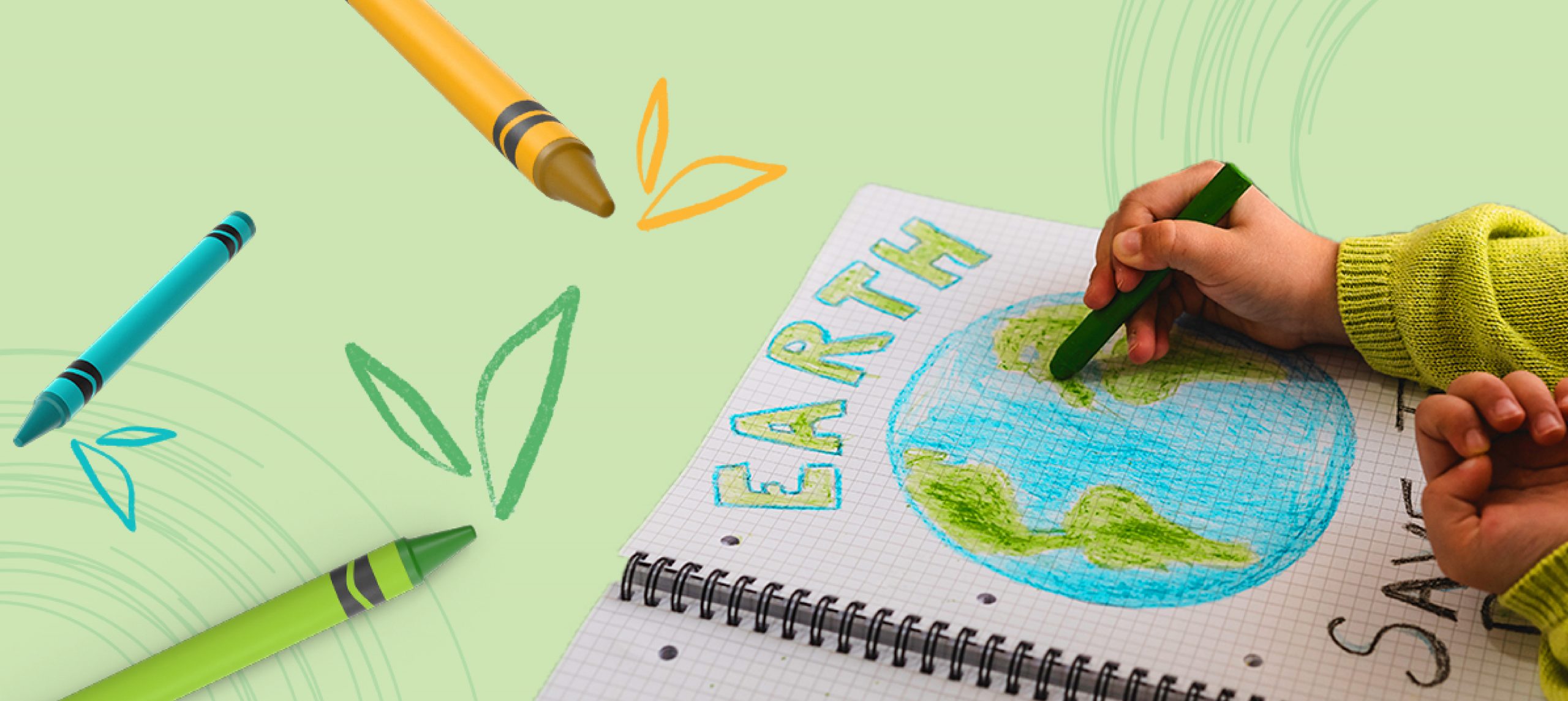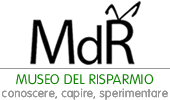
On April 22, 1970, twenty million Americans – students, teachers, families, scientists – took to the streets to defend the Planet. It was a spring Wednesday; no one was talking about “climate change” yet, but awareness was growing about the poor air quality in cities, industrial waste clogging rivers, and forests slowly disappearing. From that day on, the world began to look differently at the sky, the seas, and even at what was happening in household fridges.
Earth Day – now celebrated in over 190 countries – is not a holiday, but a call to responsibility. Every year, April 22 reminds us that the Planet’s resources are limited and that protecting them requires everyone’s commitment: governments, businesses, citizens.
One Planet, Many Challenges
Today, the threats facing Earth are even more complex. Climate crisis, pollution, biodiversity loss, food insecurity, and the exploitation of natural resources are joined by an often underestimated issue: waste. Of food, energy, and raw materials.
According to the 2025 report by the Waste Watcher International Observatory – produced by the University of Bologna in collaboration with IPSOS – last year each Italian citizen threw away an average of 617.9 grams of food per week. Fresh fruit tops the list of the most wasted foods, followed by bread and vegetables. This waste has economic, environmental, and social impacts – but it can also be reduced, starting with individual behavior.
The Circular Economy Starts Here
Reduce, Reuse, Recycle – the famous three Rs we’ve all come to know. The circular economy – one of the central pillars of the European Green Deal – encourages us to rethink the entire lifecycle of goods, promoting waste prevention, material regeneration, and the adoption of more sustainable lifestyles.
But how do we teach this to the next generations? How do we turn an economic theory into daily practice?
The Museum of Saving Takes Action for the Planet
To meet this challenge, the Museum of Saving is joining the Earth Day celebration with two special initiatives. The first is aimed at middle school students: “Everyone in the Game for the Planet”, an online event scheduled for April 16, 2025, from 9:00 to 10:00 a.m.
Through an interactive Escape Room, classes will face environmental emergencies and choose the most sustainable lifestyles. Guiding them through missions and unexpected turns will be Luciano Canova, economist and science communicator, who will explain in a simple and engaging way what the circular economy is and how it can become a concrete tool for change.
Participation is free, but online registration is required by April 14, using this link: bit.ly/EventoSecIgrado_16apr
From 11:00 to 12:00, it’s time for “Guardians of the Planet”, an event hosted by the mascots For and Mica, dedicated to primary school students, to reflect on the actions each of us can take to protect natural resources.
This event is also free, but registration is required by April 14 at this link: bit.ly/EventoPrimarie_16aprile
Educating for Sustainability, One Step at a Time
The message of Earth Day remains unchanged year after year: taking care of the Planet also means taking care of ourselves. While global policies and systemic investments are necessary, every cultural change starts in schools, families, and in our small daily decisions. That’s why initiatives like those offered by the Museum of Saving are valuable opportunities to bring younger generations closer to sustainability and the circular economy – and to reflect on the impact of the choices we make every day.
For more information about events and insights on the environment, reuse, and good practices for the future, continue following the Museum of Saving blog and visit www.museodelrisparmio.it
